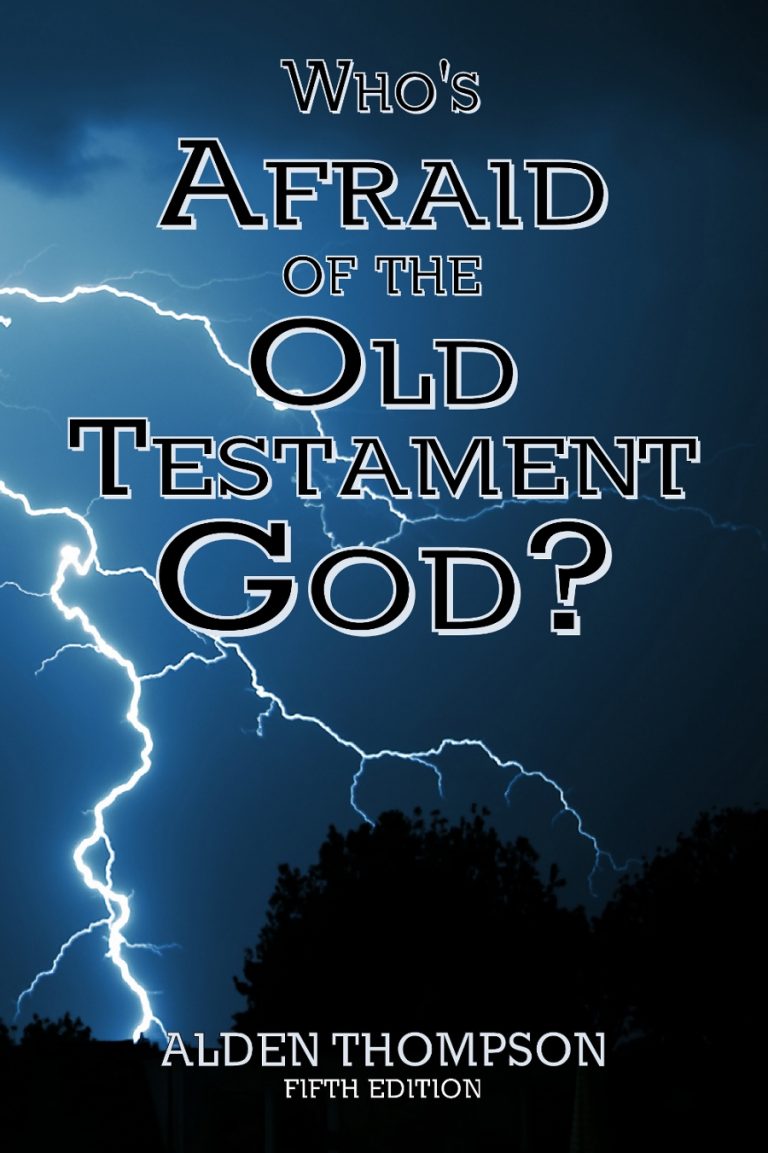Structure and the (Actual) Book of Daniel
Oddly enough, while I’ve been commenting on The Book of Daniel on NBC, I’ve also been studying the Biblical book of Daniel for a discussion I’m having on the Compuserve Religion Forum. So if you were interested in the TV show, this is definitely not the entry for you.
I grew up as a Seventh-day Adventist, completed my MA in Religion, concentrating in Biblical and Cognate Languages from Andrews University, working with the folks from the SDA Theological Seminary. Now, however, I’m not SDA, I’m a member of a United Methodist congregation. I reguarly am asked by SDAs how anyone can possibly have doctrinal disagreements with the SDA church. They seem to think that those who leave the SDA church can’t keep up with the standards, don’t want to keep the Sabbath, pay tithe, or any of a number of other things, or really just don’t understand the Bible.
All of those ideas are quite wrong. People do leave the SDA church because of doctrinal issues. It’s quite possible to come to different conclusions on a number of major issues. Those who leave are often quite well educated Biblically and doctrinally. Now I don’t want to get into an anti-SDA mode here. I believe Seventh-day Adventists are as likely to be Christians as anyone else, and I think the church does much good. I do disagree with some of the doctrines.
A showcase doctrine, in my view, is the doctrine of the investigative judgment, connected with the 2300 evening-morning prophecy (known to SDAs as the 2300 day prophecy of Daniel 8:14. I think this chapter is an excellent test bed for dealing with issues of interpretation. I’ve made an outline and written a few notes, posted in my Totally Free Bible Version project. The outline file is Daniel 8: The Vision of the Ram and He-Goat.
Most Christians have very little understanding of the Seventh-day Adventist view on this doctrine and the scriptural and historical basis they have for it. Traditional SDAs regard it as a key doctrine. Many SDA scholars, I believe, have abandoned it, though they keep fairly quiet because it is a “red flag” issue for many members of the church. There is no better way to get in trouble with the rank and file than to question the investigative judgment.
Basically, the investigative judgment has Jesus enter into a ministry in the outer compartment, known as the holy place, in the heavenly sanctuary on his ascension. This ministry takes continues until 1844 (October 22, 1844 to be precise) when there is a change in the nature of the ministry, and Jesus moves on to the most holy place or inner compartment. This latter phase is the investigative judgment. My first objection to this doctrine comes from Hebrews, which states (6:19-20) that Jesus has already gone in beyond the inner veil. In fact, in a post-resurrection and ascension world, the idea of an outer compartment ministry seems completely out of place.
But the reason I see this as a showcase for interpretive methods is the timing and prophetic basis for the doctrine. The key is Daniel 8, and particularly verse 14. As an SDA young person, I had to memorize that in the KJV: “Unto two thousand and three hundred days, then shall the sanctuary be cleansed.” I was much less acquainted with the verses before it and after it.
Seventh-day Adventist interpreters then get the beginning of this time period from Daniel 9. The SDA Bible Commentary, volume 4, commenting on Daniel 8 lists 11 reasons why one should see a connection between Daniel 8:14 and the time prophecy of Daniel 9:24-27. Those 11 points make quite an excellent case that the two chapters were written by the same person, are both visionary and eschatological, and both are prophecies of time, but the connection is problematic.
You see, the verses before Daniel 8:14 make it quite clear what the subject it. We have a ram, representing Persia, a he-goat representing Greece under Alexander the Great, then that horn splits into four, representing the four key generals whose kingdoms survived the breakup of Alexander’s empire intact. From one of those comes a little horn that does all kinds of nasty stuff including stopping sacrifices. Then in Daniel 8:13 the question “how long?” is asked. How long what? Following the text, it’s clear that “how long” relates to the destruction accomplished by the little horn. That is what the 2300 evening-mornings relates to. (The Hebrew text uses “evening-morning” rather than just “yom” (or day) to emphasize the connection with the daily sacrifice.)
Now if we move to the connection to Daniel 9, the result in SDA interpretation is to begin the 2300 day prophecy at the same time as the 70 week prophecy, and SDAs hold that date to be 457 BCE. That is more than a century prior to the rise of Alexander the Great to power, much less to the breakup of his empire into multiple pieces, and the reduction of those pieces to four principle powers.
What’s wrong with this? Well, we’re taking something that is clear–the positioning of the events in Daniel 8, and we’re attempting to clarify it with something that is unclear (or better contradictory). Because of some lists of similarities between the chapters, we’re supposed to believe that the time period of Daniel 8:14 begins at the same time as the time period of Daniel 9:24-27. It simply won’t work.
Straightforward and clear trumps obscure. Absent a direct statement in Daniel 9 that the beginning of that time prophecy is the same as the one in Daniel 8, there is no reason to believe they are, and every reason to believe they are not. As I teach students learning how to study the Bible, determine first what the author says. Only after you have the specifics of what he says can you go on into interpreting what he means more deeply.
The temptation in studying apocalyptic literature is to move very quickly into interpreting the meanings of the symbols, and going into the deeper message. But it is important to establish first the actual symbols and their relationship to one another in time, place, and logic.






I forgot to include a link to the discussion for anyone who might be interested. You can find the discussion thread on the Compuserve Religion forum at: Investigative. Judgment.